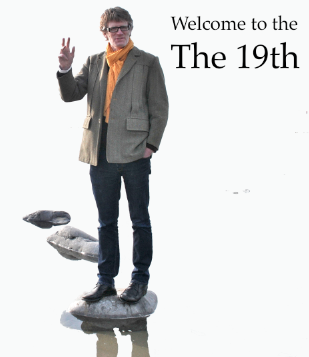The exploits of swimmer Bernard Cahill and boxer Kayleigh McCormack (pictured above) on the national stage over the weekend just show what a great time it is for Clare sport.
by Joe Ó Muircheartaigh
THE story told about the Clare hurlers’ dedication to the cause of winning the All-Ireland is best encapsulated by the expedition they undertook to Killarney last year after their victory over Limerick in the Division 1B final in the Gaelic Grounds.
In generations past a victory like that – even in the second tier – would have to be celebrated by going on the beer for a few days and then putting the feet up for a few more.
We live in different times, however, and Clare ‘celebrated’ by taking on the mountain, in this case the biggest one in the McGillycuddy’s Reeks range and biggest in Ireland in Corrauntoohil.
Of course, they weren’t the first to do this – the late great Kerry footballer and three-time All-Ireland winner Paudie Sheehy used to take on the same mountain regularly, his plan of attack being to run up ahead of his brothers who were also All-Ireland winners, announcing himself at the summit by carving his name and the time of arrival in stone before turning on his heels and running back down the mountain.
But Clare did it differently – in the dead of night, where the only navigation tools they had were headlamps and the benefit of the local knowledge of the McGillycuddy’s Reeks’ answer to Sherpa Tenzing.
That would make Davy Fitzgerald the Edmund Hillary of the expedition then, I guess.
Thing is, when Edmund Hillary and Sherpa Tenzing reached the bottom of the mountain they were celebrated and not shunted into tents at base camp for the night like the Clare hurlers were.
It was team bonding – when team bonding back in the day used to be a euphemism for being called to bar en masse where players could get drunk together and grow tighter as a unit.
The moral of the whole story is that much has changed in terms of team preparation, with county hurlers and footballers everywhere going way beyond what used to be the call of inter-county duty in search of the summit that is All-Ireland final gold.
And they deserve to be celebrated for that – celebrated far and wide as they are with All Stars, All Star Tours, team holidays etc, etc..
All because, in Clare’s context they lifted the hearts of a county and much of the nation in the way they went about their business and succeeded in bringing the Liam McCarthy Cup home to the county for the first time in 16 years.
We should also celebrate others as well though, because the efforts they go to is akin in every way to climbing up Corrauntoohil in the dead of night with only a Sherpa and headlamp for company.
Take Clare’s swimmers, in this case those members of the Ennis Swimming Club who represented the county with distinction at the National Short Course Championships in Lisburn at the weekend.
You could say that the only difference between the swimmers and hurlers is that instead of dead of night training, they do it in the dead of morning – with the elite swimmers from the county who go to the High Performance Unit in the University of Limerick being up so early for training that they’d be likely to bump into their college mates on the way home from the fabled Stables after a night out.
It’s worth it though – day in day out of 5am starts in the pursuit of national championships and Olympic dreams, be it Rio in a few years time or four years further on in Tokyo.
Thing is, it’s probably only the few who are involved in swimming in the county who know of the Ennis club’s exploits over the weekend, when some honour and glory was brought to the club and county with some brilliant performances.
Take Bernard Cahill who was locked in a great duel for supremacy in the 400m Freestyle with Andrew Meegan, just being pipped for gold by .4 of a second. There was more silver in the 50m Breaststroke thanks to Theodore Pender, while Cahill added to his individual medal tally when scooping bronze in the 200m Freestyle as well as winning a silver as part of the 4x100m Freestyle team. Then there was the performance of open water Olympic hopeful Chris Bryan from Shannon, who also swims out of the Ennis club, as he won bronze in the 800m Freestyle.
These were brilliant performances by the Ennis team, just as Kayleigh McCormack’s stunning display in the National Intermediate Boxing Championships was over the weekend.
The Kilfenora fighter won gold in the 60kilo category at the National Stadium, a win which secured her a sixth national title to add to her earlier triumphs at youths, elite and under 23 level.
It all means that 18-year-old McCormack now moves to the elite senior grade in the same weight that’s has been dominated worldwide over a long number of years by one Katie Taylor.
In many ways McCormack is the heir apparent to Taylor’s throne as the Kilfenora club marks itself down as one of the best in Ireland.
McCormack’s clubmate Robbie Cassidy is another who is rising through the ranks of the fight game, having won this year’s intermediate title before being beaten in the All-Ireland stages by Keith Flavin from Kilkenny on a split decision.
It’s a great time for Clare sport – not just on the hurling field.

.jpg)



